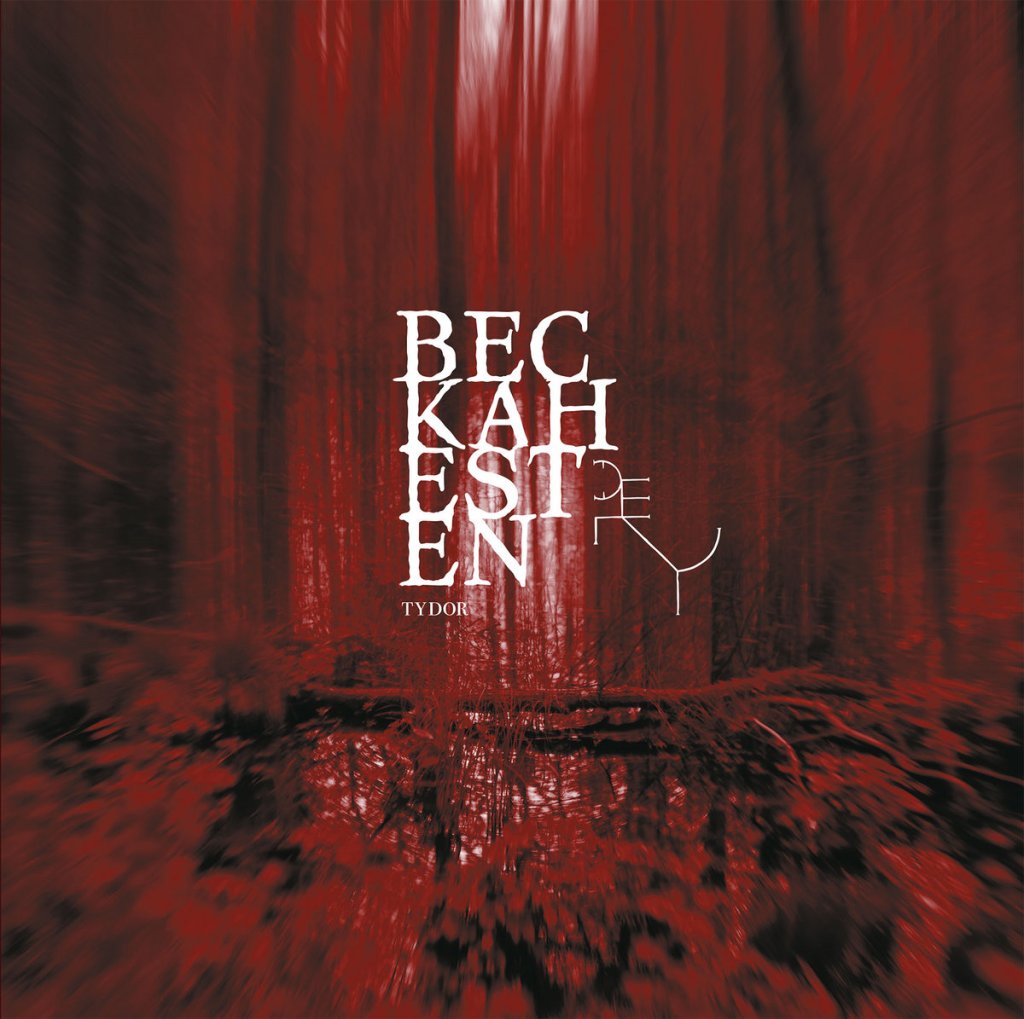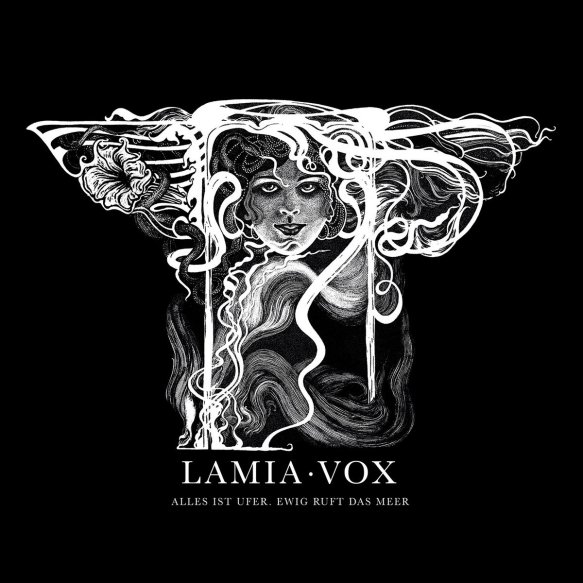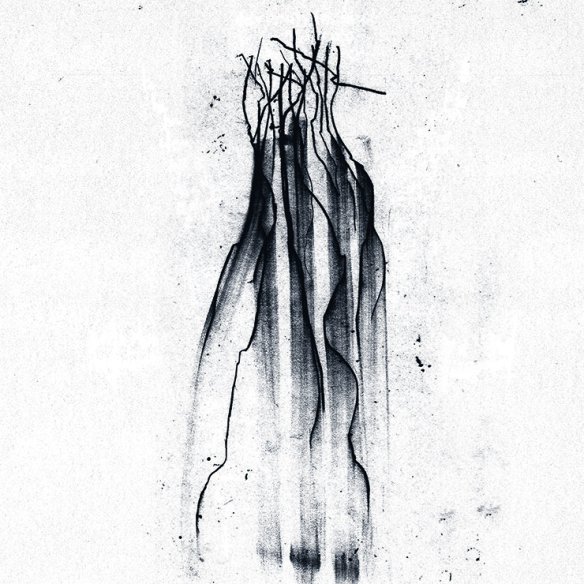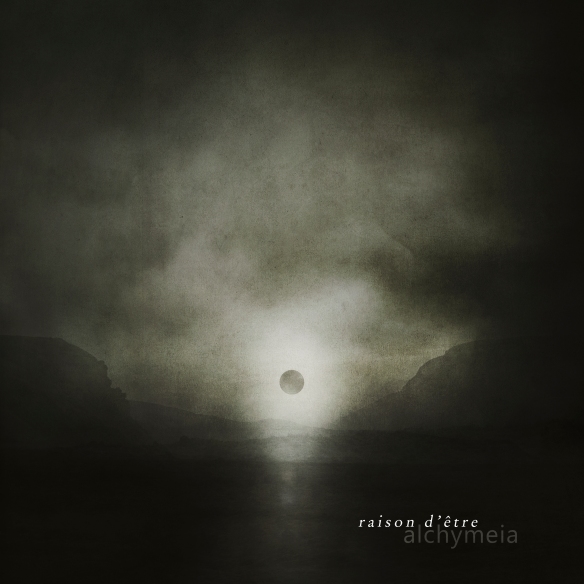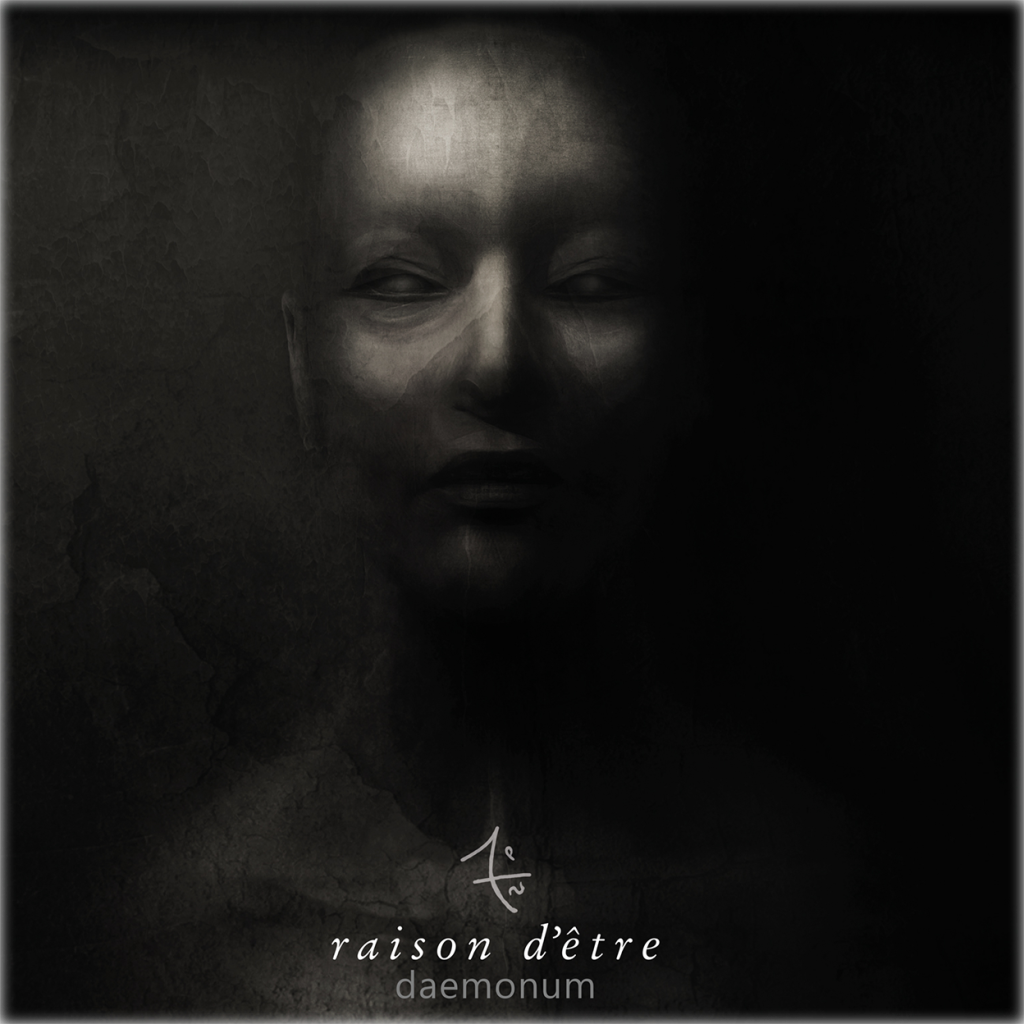
raison d’être – Daemonum CD Cyclic Law 2021
Three years on from 2018’s Alchymeia, raison d’être continues the journey into the inner space of ones’ own subconscious ego, as described within the promo blurb: ‘With Daemonum raison d’être scrutinizes the secrets of the Shadow; the Anima/Animus archetypes and the manifestation of them as a Soul image. By learning to listen for the voice of our subconscious self, we can call that voice our Daemon, our internal genius that provide guidance, we can find hidden potential within ourselves’.
Given that Daemonum also marks three decades of activity for Peter Andersson’s main project, by now it is quite reasonable to have a strong sense of what to sonically expect from a raison d’etre album. Thus upon initial listens this new album feels very much to be a logical extension of the sound and approach of Alchymeia, where the six lengthy tracks again illustrate the slow pacing and evolution across the album’s 74 minutes. Equally, many of the expected elements are to found, such as: the deeply contemplative and achingly melancholic drones, the sublime choral laments and vocal chants, the catatonic chimes, the sporadic tolling of church bells and catacombic bass tones etc. However, of the rougher scraping metallic tonal elements which raison d’être often relies, while these are sporadically present, the tonal timbre has been pushed into the background and not as overly prominent this time around. Yet to also focus on further differences, Daemonum includes a greater prominence of contemporary classical elements such as: the abstract orchestral stings on the album opener The Implacable Portal and The Roots of Our Weakness; and the booming atonal horns on The Primordial Image. Further divergent elements also include the elevating mechanical churn at the core of Inside The Enantiodromia, while the final track Daemonium prominently stands out from the rest, based on its central echoed/ringing piano note strikes and separate minimalist mourning ivory melody.
Apart from the album’s six main tracks, there is a special edition which contains a companion album Daemoniacum which delivers a further six tracks over a 40-minute span. Conceptually it is described as thus: ‘Think of Daemoniacum as some sort of anti-polarized version of Daemonum, as if Daemonum was haunted and possessed by a demon. As if the daemon inside is turned into a demonic creature because the host becomes obsessed by the demon. As if the Anima/Animus was intruded and molested or rejected and deformed, infecting the host, causing a different and repressed output. Daemoniacum is the album manifested by the demons’. Based on this description, perhaps the resulting sonic form is not as dark, ‘demonic’ or even chaotic as might be expected. Rather the sound is comparable as a general sonic extension to the Daemonum tracks, albeit here the compositions are slightly mellower overall and on the shorter and succinct side at around seven minutes each. Although perhaps not reaching the same lofty heights as the main album tracks, Daemoniacum is far from being second rate material either and is well worth the listen for all long-term fans.
Metaphorically speaking Daemonum encapsulates a sound which sonically articles dimly lit and claustrophobic underground passages which sporadically given way to soaring cathedral ceiling spaces. Equally the towering heights and crushing depths of the soundscapes hint at the psychological knife’s edge separating redemption or damnation of ones’ own psyche/ego. To not put too much of a point on it Daemonum is again another standout showcase of Peter Andersson’s skill in evoking and composing his profoundly emotive sound-works. Daemonum is available in the standard CD or 2xLP set, or as the special edition with the supplementary album Daemoniacum as a 2xCD or 3xLP set.



